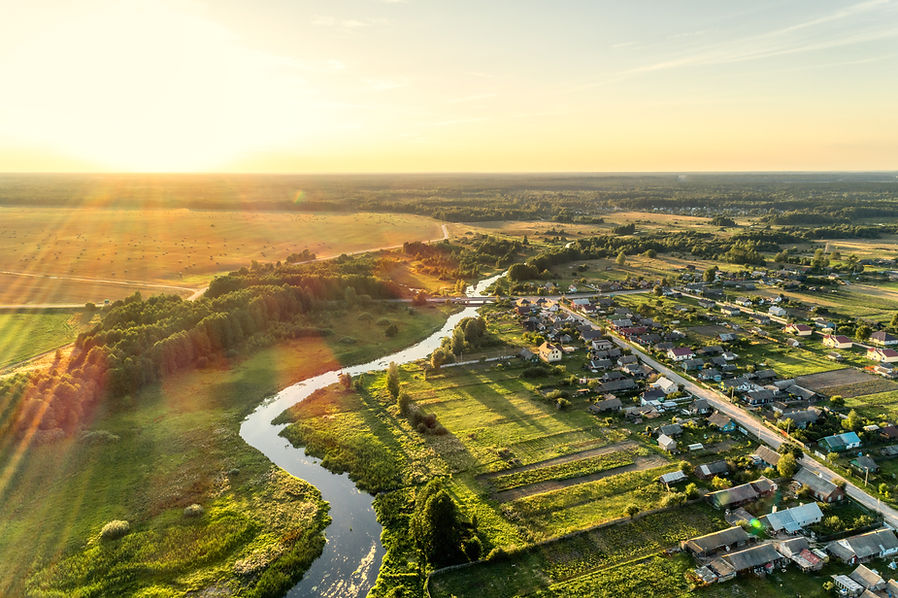REACH Project
REACH project: the why
Getting a cancer diagnosis is a life changer. The symptoms of the disease and its treatment can deeply affect your mental and physical health. Science showed that physical activity can significantly improve most of cancer and treatment-related symptoms. The aim of the REACH project is to give you the means to increase your daily movement.
About this website
This website was created by PhD student Elisa Habluetzel Esposito to explain to people affected by cancer, health care professioanls and researchers, the aim and the methods of her reseach project. The website provide a platform to share the studies conducted within the project, provide information to those interested in participate, facilitate access to those studies and, once available, dissemiate the results. It also provides quick access to some of the most reliable resources about physical activity currently available for people living with and beyond cancer.
The Survey
Aim
The aim of this survey is to understand what physical activity looks like in the weekly routine of a person living with a cancer diagnosis.
Questions
The survey includes questions to understand how active you are in your occupation or at home, how you commute, and what activities you do in your leisure time. It also asks personal questions like your age and where you live, and your symptoms. This information help us understanding what are the different needs of different people living in Ireland.
Can I participate?
Anyone aged over 18 who received a cancer diagnosis, and is living in the Republic of Ireland is more than welcome to participate.
If you think you are doing no or not enough physical activity, please consider participating, as the aim of the survey is to gather information that will be used to help people become more active.
If you are active, tell us what you like doing, so that we can suggest it to others.
You can download and read the participant information sheet here, and the consent form here.
If you would like to fill in the survey in paper-format you can download it here (posting instructions are provided in the information sheet). If you have any queries about the REACH project or the survey, please reach out at elisa.habluetzelesposito@postgrad.wit.ie
The what
The object of the project is to create a unique platform from which you and the people that care about you can access several types of resources depending on your needs and your preferences.
Examples of potential resources that will be included are:
-
Online education material
-
Printable leaflets for cancer support centres
-
Printable material to help you build and maintain your own exercise routine
-
Directory of programs available across the Republic of Ireland


The how
To include a set of resources that is relevant for people living with and beyond cancer in Ireland, the process to develop the platform entails the following steps:
-
Conduct an online survey to undestand what a typical week looks like for you
-
Have discussions with people like you to select and adapt resources that can help to initiate and/or maintain an active routine
-
Test if the resources selected with and for people living with and beyond cancer are easy to understand and use and make adjustments accordingly
-
Make these resources freely availble to anyone with a cancer diagnosis, their families and friends

Why is it important for a person with cancer?
As a person living with cancer you might be experiencing some symptoms due to cancer itself or the treatment it requires.
Studies have shown that both aerobic physical activity and strength training improve anxiety, depression, chronic fatigue, health related quality of life, lymphedema, physical function, bone health and sleep quality [1]. There are also promising results showing that physical activity could reduce cardiotoxicity, nausea, pain and treatment tolerance [1].
If you are still under treatment, doing some exercise could help you tolerating it [2], and might even improve its efficacy [3].
Doing as little as 30 minutes of light to moderate physical activity 5 days a week, and doing simple strengthening exercises twice a week, can significantly improve your health and wellbeing [1]. This project aims at helping you getting more active or, if you are already doing something, giving you advice and tools to maintain your activity.
If you value the aim of this project, please consider filling in our survey.
If you want to know more about how to be more physically active click here.
Glossary
Physical activity is any bodily movement that requires more energy that simply sitting or laying down.
Aerobic physical activity is any movement that increase your breath and heart rate.
Strengh training is made of exercises that improve the capacity of your muscles to produce a tension. It allows to carry heavy loads and move your body (e.g., doing the house chores, going upstairs, standing up from a chair) more easily.
Strengthening exercises include bodyweight exercises like squats and push ups and resistance exercises performed with elastic bands or weights (e.g., dumbells, barbells, water bottles).

References
1. Campbell, K. L., Winters-Stone, K. M., Wiskemann, J., May, A. M., Schwartz, A. L., Courneya, K. S., Zucker, D. S., Matthews, C. E., Ligibel, J. A., Gerber, L. H., Morris, G. S., Patel, A. V., Hue, T. F., Perna, F. M., & Schmitz, K. H. (2019). Exercise Guidelines for Cancer Survivors: Consensus Statement from International Multidisciplinary Roundtable. Medicine and science in sports and exercise, 51(11), 2375–2390. https://doi.org/10.1249/MSS.0000000000002116
2. Bland, K. A., Zadravec, K., Landry, T., Weller, S., Meyers, L., & Campbell, K. L. (2019). Impact of exercise on chemotherapy completion rate: A systematic review of the evidence and recommendations for future exercise oncology research. Critical reviews in oncology/hematology, 136, 79–85. https://doi.org/10.1016/j.critrevonc.2019.02.005
3. Yang, L., Morielli, A. R., Heer, E., Kirkham, A. A., Cheung, W. Y., Usmani, N., ... & Courneya, K. S. (2021). Effects of exercise on cancer treatment efficacy: a systematic review of preclinical and clinical studies. Cancer research, 81(19), 4889-4895.
